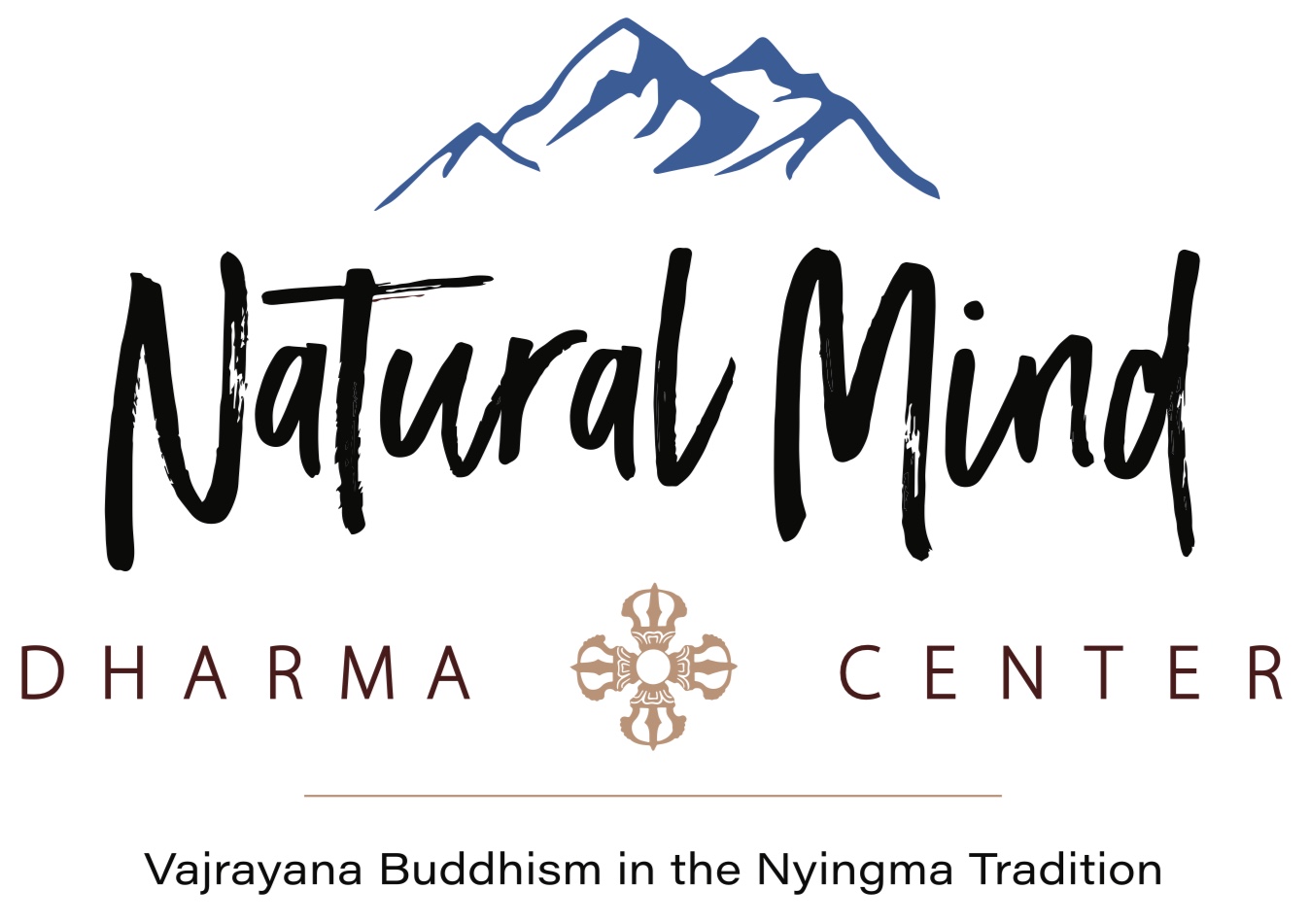Interspecies, Part 2
The wind begins to strengthen with the unmistakable ambience of an oncoming thunderstorm. My memory of this unique quality is deeply rooted. As a young boy I was indirectly struck by lightning while standing next to my grandfather on the porch of my uncle’s Kansas home. The bolt hit the metal roof covering the patio and channeled through the supports against which we were leaning. We were knocked on our butts, dazed but otherwise unscathed.
In spite of this visceral experience, thunderstorms have a terrifying allure for me. The power is frightening and enticing at the same time. As this storm hit, our family gathers under the shelter of the patio cover to ooh and aah at the wild beauty. We are joined by the barn swallows who nest above our heads. They huddle together, waiting out the storm so they can return to the insect-filled skies. They have hungry chicks to feed.
The feeling of kinship between us humans and birds seeking shelter says something about gathering together in the face of danger. We are hard-wired for compassionate coexistence in this regard. We do not have to agree about anything religious, political, or ideological. We simply accept the moment of shared experience, preferring safety over hail and thunderbolts.
We all are united in our wish to be protected from harm. The desire to eliminate the possibility of suffering is a powerful motivator for activity. I think this is the natural intelligence expressed in the Four Noble Truths: the truth of suffering, cause, cessation, and process. Buddha wanted to remind us about the simple things that connect us. He did not want to create just another belief system.
We cannot believe our way to unity. We can, however, acknowledge our sameness in the face of challenges and then maybe build a shelter together. Picking up a hammer to construct a dwelling is preferable to taking that same hammer to someone’s skull because they disagree with us. But that is only an opinion.
